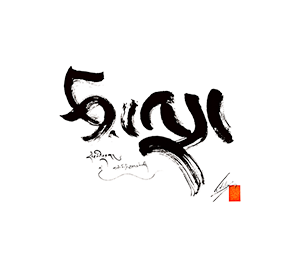ekayāna
Basic Meaning
The notion that ultimately there is only one vehicle, or means, of achieving enlightenment.
| Term Variations | |
|---|---|
| Key Term | ekayāna |
| Topic Variation | ekayāna |
| Tibetan | ཐེག་པ་གཅིག་པ་ ( tekpa chikpa) |
| Wylie Tibetan Transliteration | theg pa gcig pa ( tekpa chikpa) |
| Devanagari Sanskrit | एकयान |
| Chinese | 一乘 |
| Chinese Pinyin | yīchéng |
| Japanese | いちじょう |
| Japanese Transliteration | ichijō |
| Korean | 일승 |
| Korean Transliteration | ilsŭng |
| Buddha-nature Site Standard English | single vehicle |
| Karl Brunnhölzl's English Term | single yāna |
| Jeffrey Hopkin's English Term | one vehicle |
| Ives Waldo's English Term | unique vehicle |
| Term Information | |
| Source Language | Sanskrit |
| Basic Meaning | The notion that ultimately there is only one vehicle, or means, of achieving enlightenment. |
| Term Type | Noun |
| Definitions | |
| Princeton Dictionary of Buddhism | See page 281: In Sanskrit, lit. “one vehicle” or “single vehicle.” “Vehicle” literally means “conveyance” or “transportation,” viz., the conveyance that carries sentient beings from saṃsāra to nirvāṇa; the term may also refer to the actual person who reaches the destination of the path. The doctrine of a single vehicle is set forth in certain Mahāyāna sūtras , most famously, the Saddharmapuṇḍarīkasūtra (“Lotus Sūtra”), which declares that the three vehicles of the śrāvaka (disciple), pratyekabuddha (solitary buddha), and bodhisattva are actually just three expedient devices (upāyakauśalya) for attracting beings to the one buddha vehicle, via which they all become buddhas. |
| Tshig mdzod Chen mo | mthar thug nges don snying po'i theg pa ste 'bras bu'i theg pa'o/ |
